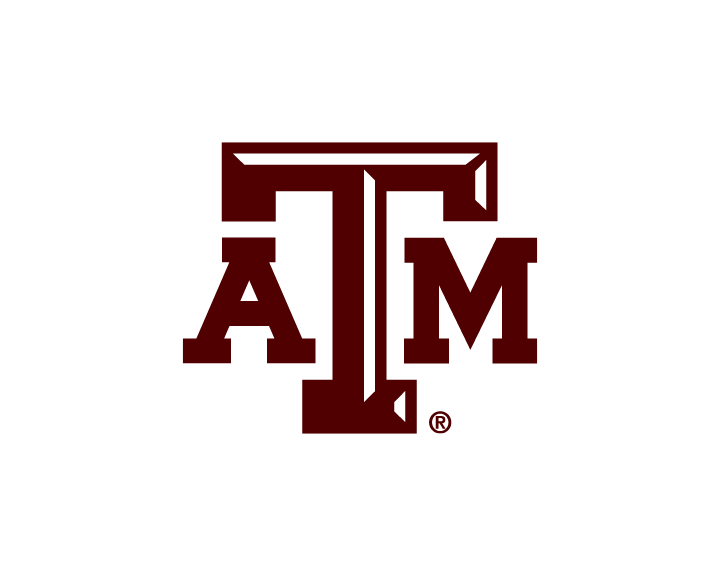
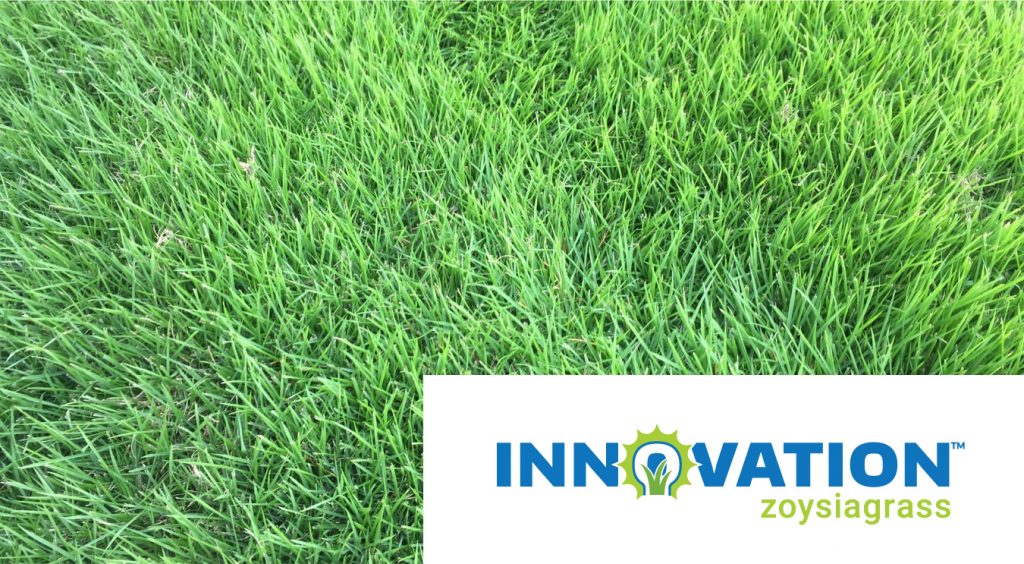
Innovation Zoysiagrass – A New High Quality Variety from Texas A&M and Kansas State
The development of InnovationTM Zoysiagrass was a collaborative effort of Dr. Ambika Chandra, Associate Professor of Turfgrass Breeding and Genetics at Texas A&M, and Dr. Jack Fry, Professor of Turfgrass Science in the Department of Horticulture and Natural Resources at Kansas State University. Dr. Chandra introduces Innovation, a new zoysiagrass that stands up to transition cold. Her specialty is turfgrass breeding and molecular genetics. Dr. Chandra’s research focuses on the development of warm and cool season turfgrass species for home use, gold courses and athletic fields.
A new zoysiagrass hybrid known as Innovation boasts cold hardiness equal to the current transition zone standard (Meyer zoysiagrass), but features finer leaf texture and better density. These factors ultimately mean that Innovation demonstrates superior turfgrass quality when compared to other zoysiagrasses. Innovation is the perfect fit for golf tees and fairways, and it delivers a new generation of aesthetics and quality to the discerning homeowner. The zoysia was developed by Texas A&M AgriLife Research in Dallas, Texas and the Kansas Agricultural Experiment Station in Manhattan, Kansas. It represents over a decade of scientific innovation and testing under diverse environments.
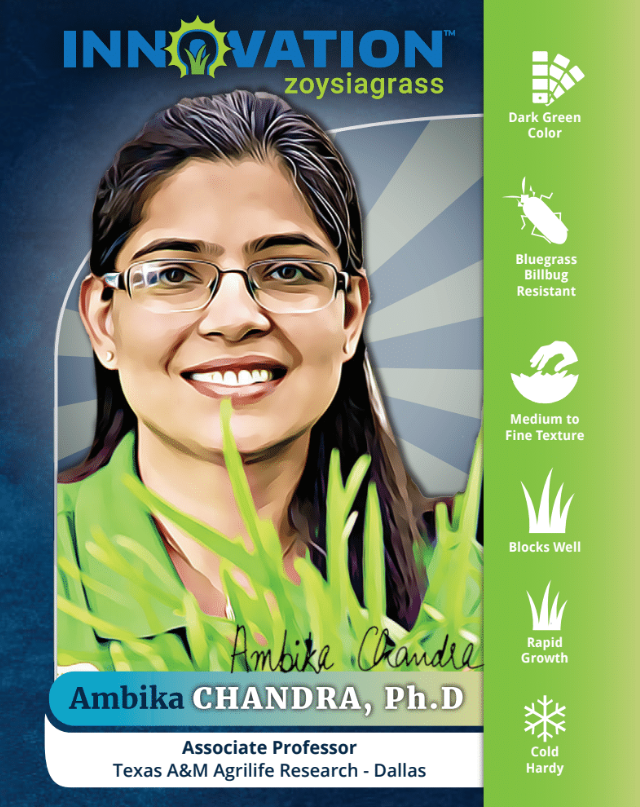
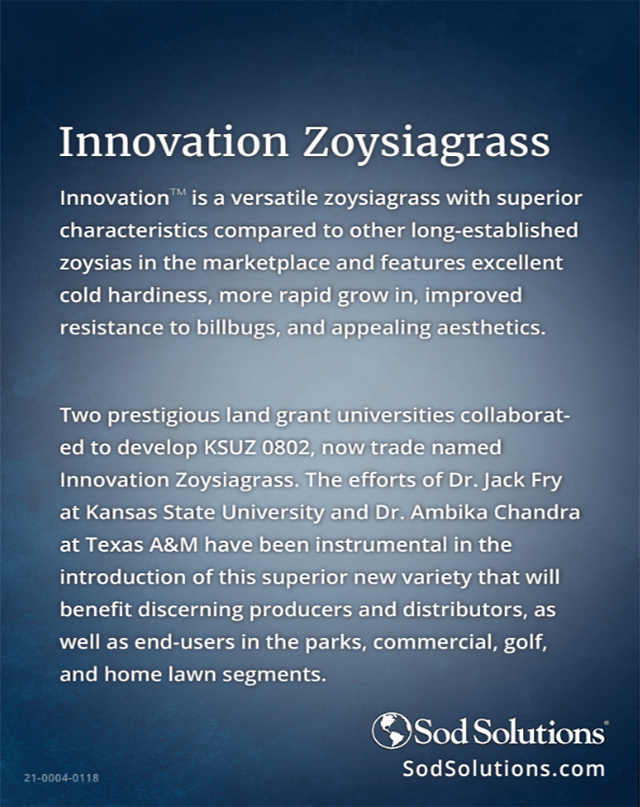
A Better Turfgrass For the U.S. Transition Zone
The transition zone is the area of the United States where winters are extremely cold and summers are very hot. In this area, cool season turfgrasses like bluegrass and fescue are available as well as warm season varieties like bermudas and zoysias. Success for grasses in this area of the country revolves around being able to not only survive in these temperature extremes, but to thrive in them as well. To learn more about the warm season and cool season turfgrass varieties and the transition zone, view this post.
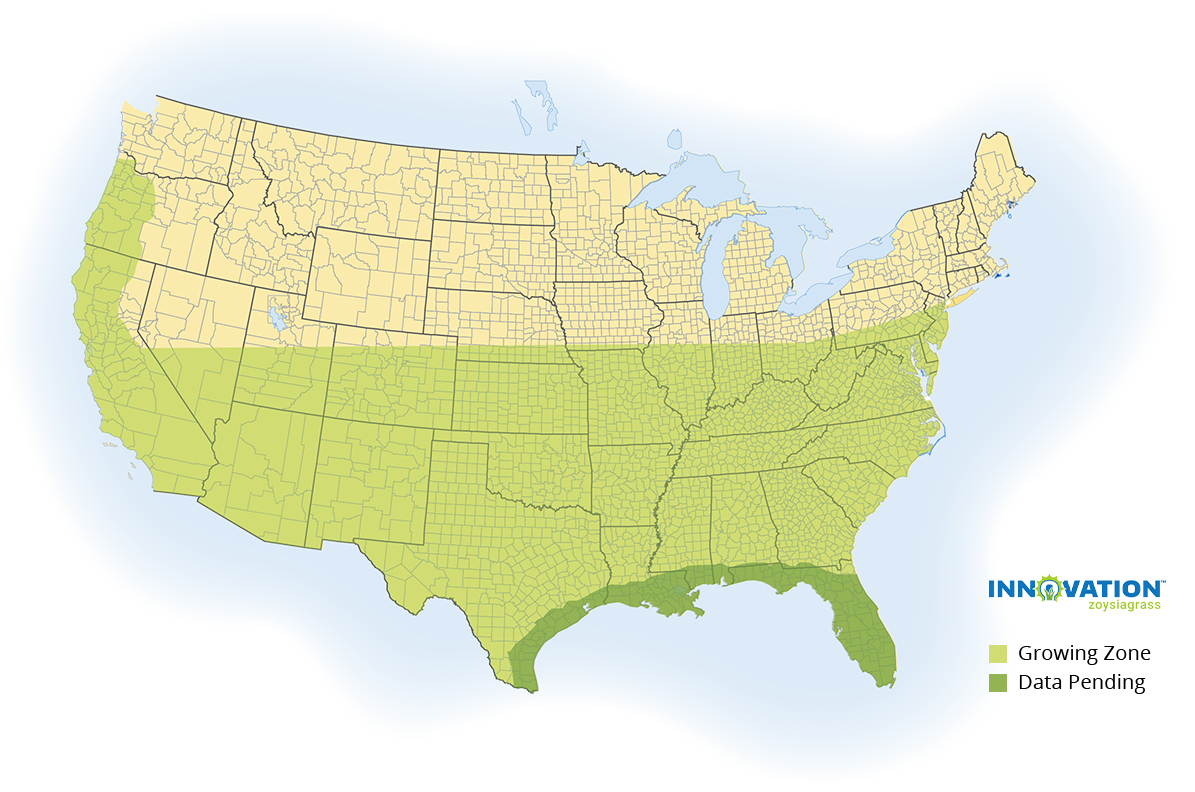
Innovation is a warm season variety but has repeatedly demonstrated cold hardiness equivalent to Meyer—the standard in transition zone cold hardy choice since its 1952 release. True to its historic reputation, Meyer showed a 99 percent survival rate following the severe Manhattan, Kansas winter of 2013. That rate was matched by Innovation while others succumbed to the freeze. EMPIRE® Turf, a Zoysia japonica, for example, saw a 78 percent survival rate in the same winter while Zeon®, a Zoysia matrella type, saw 72 percent survival rate. At the same time, a number of experimental Zoysia matrella selections experienced below 50 percent survival. Furthermore, controlled freezing tolerance studies at K-State revealed that lethal temperature that kill 50 percent of the tillers in Innovation was statistically similar to Meyer in two consecutive winters.
In layman’s terms, Innovation proved its suitability for regions as far north as zone 6a on the USDA Plant Hardiness Zone Map, the same as the industry’s best. However, the largest difference seen was not in cold hardiness but in turfgrass quality. The average turf quality of Innovation at lawn height—typically 6.1 on a scale of 1 to 9—proved better than that of Meyer—5.5 on the same scale. Results were consistent at tests sites in Kansas, North Carolina, Oklahoma, Texas and Virginia. At fairway height, meanwhile, Innovation averaged 6.9 compared to Meyer at 5.6 at testing locations in Kansas and Oklahoma.
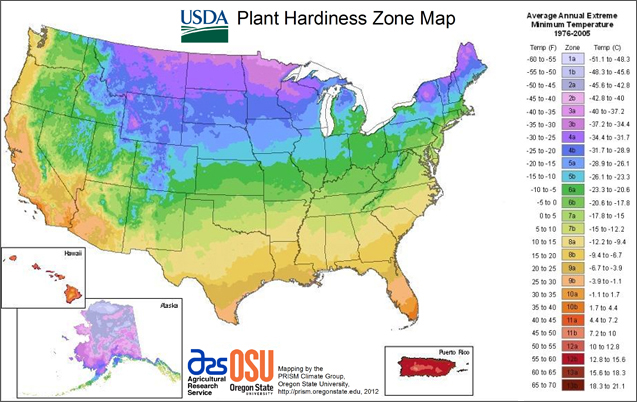
In addition to comparable cold hardiness and superior turfgrass quality, Innovation delivers resistance to bluegrass billbug damage, making this zoysia ideal for golf course fairways and tees, home lawns and other recreational areas in the U.S. transition zone.
Breeding A Better Zoysia
The process of laying the groundwork for the production of Innovation began in 2001. Texas A&M turfgrass breeders, understanding transition zone demands for fine texture and high density, set out in 2001 by developing over 800 genetically different hybrids at Dallas.
Innovation, a hybrid from among the original 800, is an F1 interspecific cross between Cavalier, a high quality Zoysia matrella, and an ecotype of Zoysia japonica known as Anderson 1. This derivative of cold hardy Chinese Common comes from rough areas at Alvamar Golf Course in Lawrence, Kansas. The high quality of Cavalier combines with Chinese Common cold hardiness to produce a perfect cultivar for the upper transition zone. Meyer, as good as it has been, has its limitations, including a medium coarse leaf texture and inferior density compared to Zoysia matrella-type cultivars.
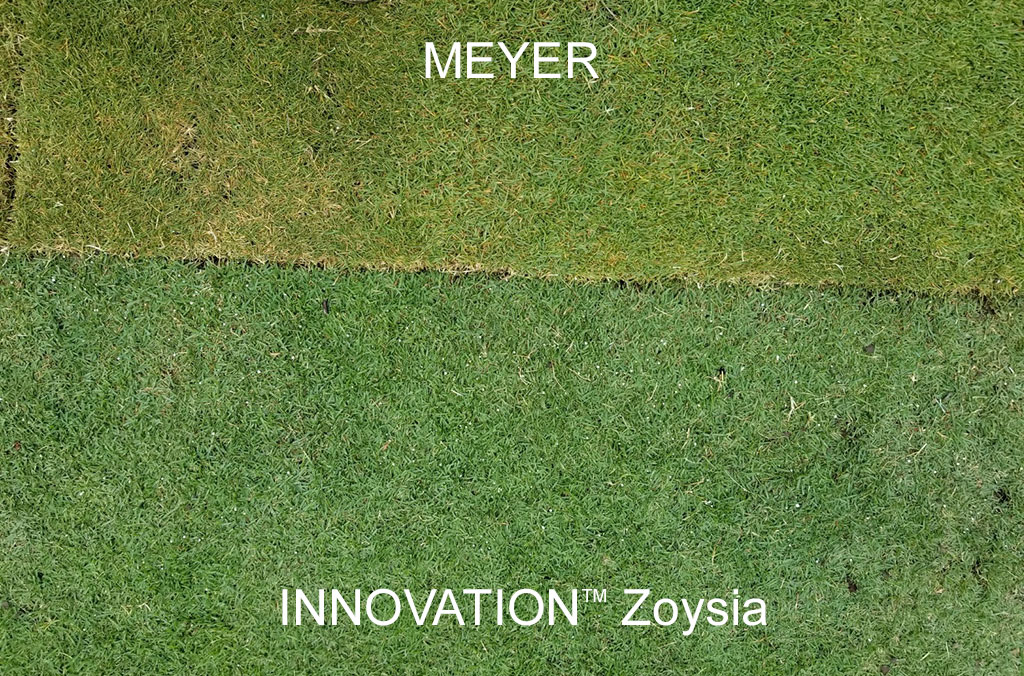
Testing Innovation
Researchers first planted hundreds of experimental grasses in Manhattan, Kansas in 2004 and evaluated them for quality and winter survival through 2006. Innovation (tested as KSUZ 0802) was among 31 hybrids selected for further evaluation under golf course conditions in Manhattan in 2007 and 2008. Researchers culled 31 down to the seven most promising, with Innovation passing muster through each cut. The top seven underwent evaluation at ten locations in the transition zone from 2009 to 2012:
- Wichita, Kansas
- Manhattan, Kansas
- Columbia, Missouri
- Fletcher, North Carolina
- Jackson Springs, North Carolina
- Stillwater, Oklahoma
- Knoxville, Tennessee
- Virginia Beach, Virginia
- Blacksburg, Virgina
- Dallas, Texas
As of November 2018, 13 years following the first trial, Innovation is produced at 15 sod farms in nine states.
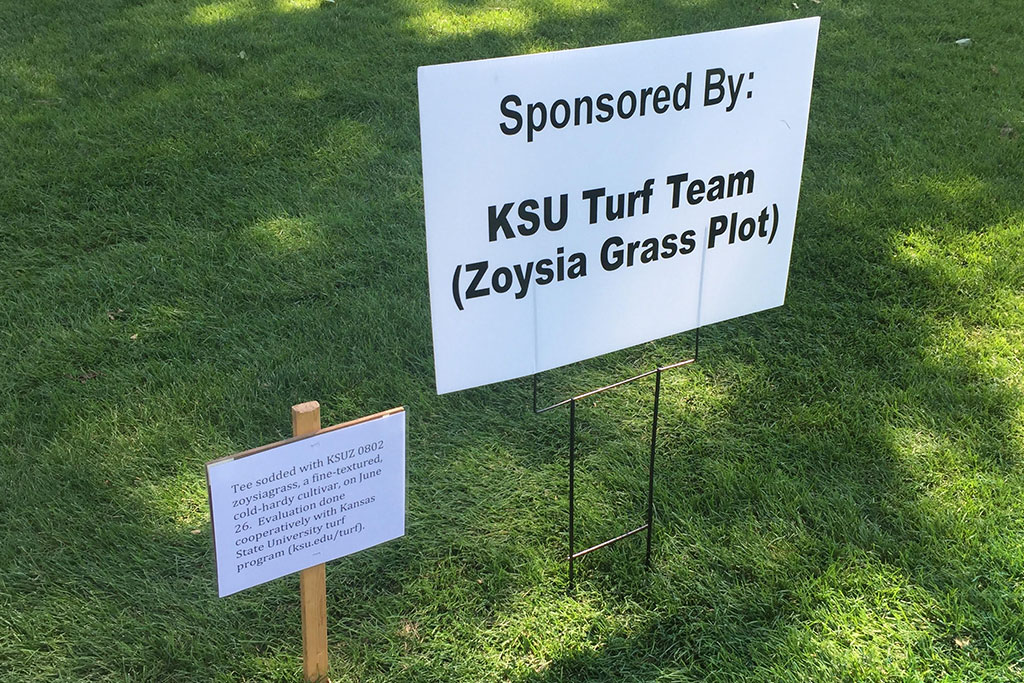
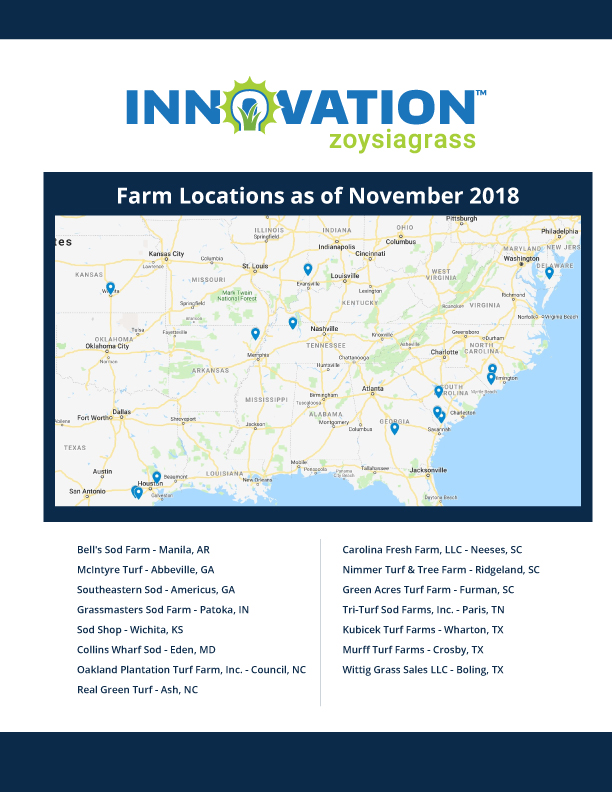
Acknowledgements
Funding to support the development of Innovation came from a number of sources including:
- Texas A&M Agrilife Research
- Kansas Agricultural Experiment Station
- Kansas Turfgrass Foundation
- Heart of America Golf Course Superintendents Association
- Kansas Golf Course Superintendents Association
- Kansas Golf Association

